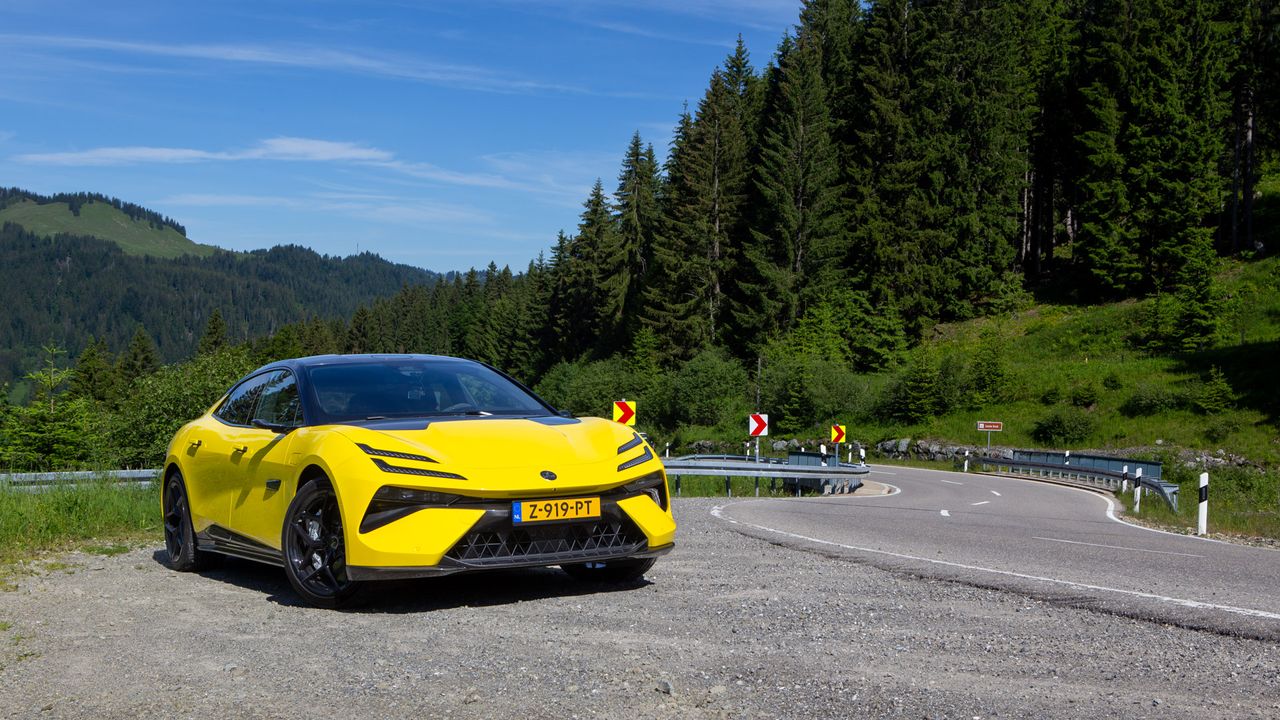

The Lotus Emeya is an electric grand tourer. It’s big, it’s powerful and it's loaded with tech. Following the Lotus Eletre electric SUV, the traditional idea of what a Lotus has already been reset. This four-door saloon, or sedan, follows this new Lotus ethos. However, it’s not a complete diversion for the 76-year-old brand.
Back in the 1980s, Lotus boss, Colin Chapman commissioned a design for a four-door GT to Paolo Martin – a legendary Italian designer responsible for cars such as the Ferrari 512 Modulo and Lancia Beta Montecarlo. The car was known as the Lotus 2000 Eminence and while it was never built, its legacy continues with the Emeya.
In terms of looks, the Emeya is a very different beast from the Lotus 2000, but it's every bit a Lotus. It follows the same design language as the Eletre SUV, as well as the Evija electric hypercar. I had the chance to drive the new Emeya through southern Germany and into Austria to see how it performed. While this might not be a lightweight two-seater, it's a car that will give the Porsche Taycan and upcoming Maserati GranTurismo Folgore a run for their money.

Price and availability
The Lotus Emeya was first revealed in September 2023 and is on sale now with delivery from July 2024. Interestingly the Emeya has an identical starting price to the Eletre SUV. That’s £89,500 for the standard model in a choice of six colours (though Kaimu Grey is the default for no extra cost). There’s also the Emeya S which starts from £101,950 and the Emeya R from £129,950 which delivers those breathtaking power and acceleration figures.
For the test, I drove the Lotus S and Lotus R models, priced with accompanying options at £129,503 and £165,053 respectively with their add ons.

Design and features
The silhouette of the Emeya isn’t your typical Grand Tourer. It’s very streamlined, with a short stubby front and a cabin pushed forward, as a nod to the mid-engined Lotus past. The design features a black canopy, to help reduce the apparent size of the car and muscular wheel arches to emphasise sports prowess.
There’s a range of wheels for the Emeya, from the 20-inch on the base model to the 21-inch on the S model and huge 22-inchers for the model R. These larger wheels allow for 10-piston ceramic brakes and high-performance tyres on the R.
Sign up to the T3 newsletter for smarter living straight to your inbox
Get all the latest news, reviews, deals and buying guides on gorgeous tech, home and active products from the T3 experts
Rear wheel steering also comes as standard on the R model. This transitions dynamically between an inverse steer, to help give a tighter turning circle and parallel to provide a more stable lane change at higher speeds.
Another nod to Lotus’ past is that sharp pointed nose – almost Elan-like in its shaping – and is paired with the L-shaped daylight running lights. These lights are also a reference to past Lotus wing designs.
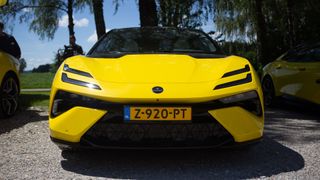
The whole design maintains a slippery drag coefficient, thanks not only to that streamlined shape but also to the huge air curtains that run from the triangular vents in the front grill that open when required, to the large air holes at the back that vent the wheel arches. The vents alone add 16-17 km of range to the car.
At the back, there’s a powerful rear wing that can be raised to deliver up to 250 kg of downforce when travelling at speed. There are also flaps that extend downwards to further increase that downforce – all of which is much appreciated with a top speed of over 160 mph.
Digital wing mirrors are an option on the Emeya and also help reduce drag – providing small stalks for the cameras feeding the internal screens rather than the larger mirrors. These also have the benefit of reducing your blind spot but might not be for everyone, as I’ll come to later.

At the rear, a singular LED light strip runs the width of the car and acts not just as rear lights but also as indicators and even a battery status bar while charging. One really clever feature is the way that the onboard LiDAR sensors are hidden under flaps and only pop out when they are needed. This is a reference to the old Lotus pop-up headlights but also keeps the design clean and more aerodynamic when they are not needed.
Inside the car is a luxury experience and similar in style to the Eletre. The dash is very clean in design and is highlighted by ambient lighting that extends into the doors and footwells. The front comfort seats have a sports styling that grip you tighter in Sport mode and also provide massage functions for those longer trips.
There is an executive option for the rear seats, offering two fully adjustable seats divided by a central column. This is instead of the three-seater bench and gives a larger display for the rear passengers, as well as a larger subwoofer for the audio.
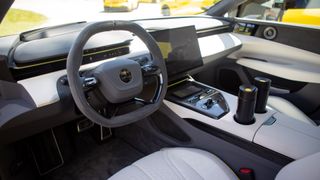
Technology
Technology is everywhere on the Emeya, even where you might not expect it. Cameras and sensors cover the car, with a total of 33 across the bodywork. These include four LiDAR sensors, six radars, 11 cameras and 12 ultrasonic sensors (USS), all working for the autonomous driving features, the parking sensors and the wing mirrors.
Inside, the dash is dominated by a generous 15.1-inch OLED screen in the centre. However, there are smaller display strips behind the steering wheel to show driving dynamics, and in front of the passenger seat to provide information on the current playing media.
A head-up display is also provided. This is a brand-new system for Lotus, with a wider display and projects at a greater distance in your line of sight, allowing you to keep your eyes firmly on the road and still see speed and navigation info. Unfortunately, like most head-up displays, it is difficult to see with polarised sunglasses.
Lotus uses its own operating system with mapping powered by Here Maps and a voice assistant from Cerence. Over-the-air updates will continue to expand the offering and have already provided regular upgrades to the system on the Eletre.

There’s currently a small number of apps available on the Lotus App Store, including Spotify and Tidal for music streaming and a few arcade-style games. However, you can also connect your phone wirelessly to allow a full-screen takeover by Apple CarPlay or Android Auto.
The KEF audio onboard offers Dolby Atmos and the premium Reference system option which includes 23 speakers and a sub, is truly impressive. The standard KEF system felt a little flat at times but sounded better with classic 80s tracks than it did newer Taylor Swift mixes – perhaps more suited to its potential owners.
Thanks to the pop-up LiDAR and a litter of other sensors, the Emeya has the hardware to enable it to deliver Level 4 autonomous driving. That’s complete car control, without the need for the driver to even remain vigilant in case a takeover is required.
At present though, it just offers a Level 2 system, with your hands needing to remain on the wheel and your eyes on the road. In practice, the lane centring bounced between the white lines more than some I’ve tried but overall seems capable. I would imagine several software updates would be required if this were to progress even to a Level 2+ (hands off) or a Level 3 (eyes off) system.

Performance and range
Speedy performance in the Emeya isn’t just about acceleration. The 102kWh battery onboard uses 800v architecture to allow up to 400kW charging. That means you could charge from 10% to 80% in just 14 minutes. Using a 350kW charger – which is about as powerful as you can get in the UK right now – you’ll still get a charge time of as little as 18 minutes. I tried this out using a 350kW Ionity charger in Germany and it went from about 50% to 99% in the time it took to grab a cup of coffee.
That large battery also results in decent range figures. The Emeya S offers up to 379 miles, which is very respectable for this type of vehicle – if not quite Mercedes EQS level. The more powerful Emeya R reduces that to about 300 miles.
The biggest difference between the Emeya models is the motors. While the standard and S models feature dual 225kW front motors and a 225kW rear motor to deliver 603hp (450kW), the Emeya R offers a higher-powered 450kW rear motor, giving a total power of 905hp (675kW). That’s a big difference and results in a 0-62mph acceleration of 2.78 seconds, rather than 4.15 seconds.
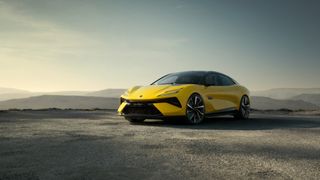
That’s not saying the Emeya S (or the standard Emeya) is slow, by any means. It’s still faster than a Tesla Model 3 or an Audi Q8 e-tron. Thanks to the active air suspension, the car felt nicely planted on the road and handled like a much smaller model – testament to that Lotus DNA it really didn’t feel like 2.5 tonnes going round corners.
The model R though gives some of the new Porsche Taycan models a run for their money. You can almost sense the extra power before you even touch the accelerator and the lightest of touches delivers blistering speed. Thanks to the intelligent anti-roll control, the model R felt stiffer around bends too, and able to cope with any conditions you threw at it.
It was only in the braking, bringing the Emeya down from top speeds on Germany’s de-restricted autobahns, that you appreciate how big and heavy the car actually is. Luckily the brakes are very capable on both, with the R using carbon ceramic discs both front and back.

Verdict – should I buy a Lotus Emeya?
While I really liked the Eletre, the Emeya feels like more of a driver’s car. The lower driving position and streamlined body make this an incredibly fun car to drive, whether you’re in the Emeya, Emeya S or Emeya R.
The level of tech inside these cars is impressive, especially in terms of potential with those sensors. The centre screen is great quality and I really like the thin displays for the driver and passenger – even if the usage for the passenger is pretty limited. The OS still feels a little bit of a work in progress but it has come on massively over the last year and will continue to improve through over-the-air updates.
What really sets the Emeya apart from many of its potential competitors is the finish, inside and out. Rather than a premium car, this feels like a luxury product, on par with a Maserati or Aston Martin. Yet the entry price is considerably lower.
For me, the Emeya’s closest competitor is the Porsche Taycan, which offers a wider range of models starting from £86,500 (three grand less than the entry-level Emeya). Like the Porsche, a lot of Lotus’ features are optional extras, so if you want the driving assistance, the price can quickly escalate – by around £30k in the case of my test cars.
Despite this, the Lotus Emeya is still a lot of car for the money and with its stunning looks, is bound to attract buyers. If it’s an electric grand tourer you’re after, the Emeya is one of the best there is.

As T3's Editor-in-Chief, Mat Gallagher has his finger on the pulse for the latest advances in technology. He has written about technology since 2003 and after stints in Beijing, Hong Kong and Chicago is now based in the UK. He’s a true lover of gadgets, but especially anything that involves cameras, Apple, electric cars, musical instruments or travel.
-
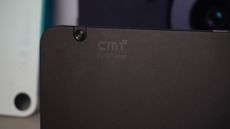 Nothing's CMF Phone 2 shown in hands-on leak – could be the best-looking budget device ever made
Nothing's CMF Phone 2 shown in hands-on leak – could be the best-looking budget device ever madeYou don't have to spend big to snag a good-looking phone
By Sam Cross Published
-
 SwitchBot upgrades its smart hub with physical controls and Matter compatibility
SwitchBot upgrades its smart hub with physical controls and Matter compatibilitySwitchBot’s latest smart hub surfaces on CSA
By Bethan Girdler-Maslen Published
-
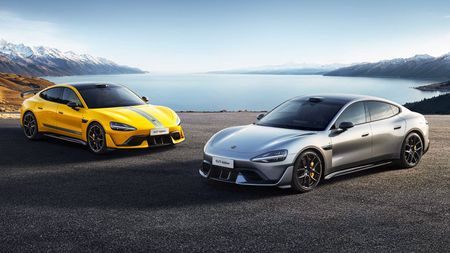 Xiaomi just revealed one of the most interesting EVs of the year
Xiaomi just revealed one of the most interesting EVs of the yearThe Xiaomi SU7 Ultra is a Chinese EV ready to take on Porsche and Tesla
By Alistair Charlton Published
-
 The all-new Mercedes-Benz CLA has AI so smart it wants to be your friend
The all-new Mercedes-Benz CLA has AI so smart it wants to be your friendMercedes’ second generation of electric cars has landed and it's a technology tour de force
By Alistair Charlton Published
-
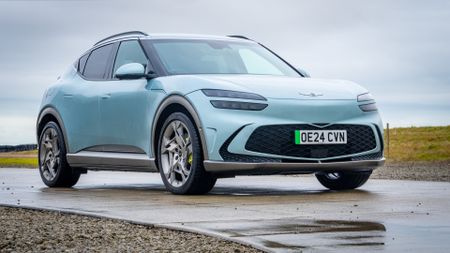 12 things I learnt driving this electric car for six months
12 things I learnt driving this electric car for six monthsHere’s what happened during six months and 4,000 miles with a Genesis GV60
By Alistair Charlton Published
-
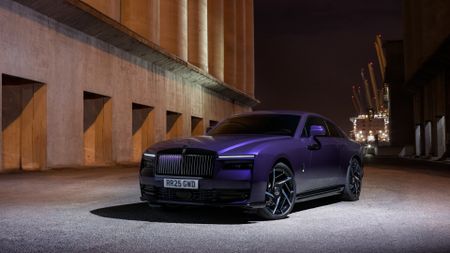 Rolls-Royce gives the electric Spectre a high-performance upgrade
Rolls-Royce gives the electric Spectre a high-performance upgradeThe new Black Badge Spectre is the most powerful Rolls-Royce ever
By Alistair Charlton Published
-
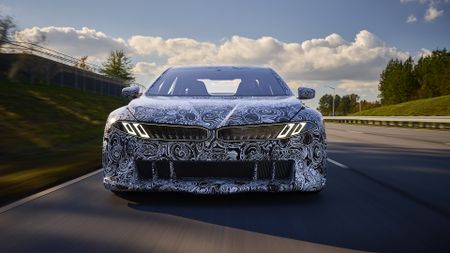 Forget Tesla, this is the most powerful EV I’ve tried by miles
Forget Tesla, this is the most powerful EV I’ve tried by milesThe BMW Vision Driving experience shows just how powerful EVs of the future could be
By Mat Gallagher Published
-
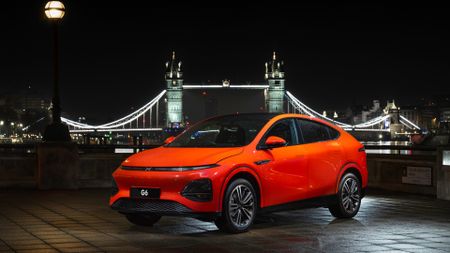 Still want that Tesla Model Y? Xpeng lands in UK with electric G6
Still want that Tesla Model Y? Xpeng lands in UK with electric G6Chinese Tesla rival Xpeng has launched in the UK with the £39,990 G6 SUV
By Alistair Charlton Published
-
 First electric Ferrari to be revealed in October this year
First electric Ferrari to be revealed in October this yearThe Italian supercar maker says its Sir Jony Ive designed EV is just eight months away
By Alistair Charlton Published
-
 Va-va-voom! Renault’s crazy new EV is an electric Batmobile
Va-va-voom! Renault’s crazy new EV is an electric BatmobileNew Renault Filante Record 2025 is a record-hunting laboratory on wheels
By Alistair Charlton Published
